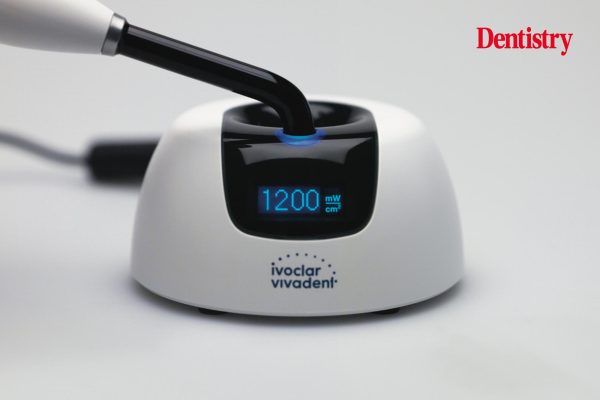Lucas King explores light poymerisation and why it is essential for dental practices to choose a high quality light curing unit for patients.
Have you ever asked yourself why some fillings are lost prematurely? Or why the retention of a high-quality ceramic restoration fails?
In both cases, your curing device may be responsible. You have chosen the wrong device for your practice.
The number one source of error
Curing devices are the number one source of error in the processing of light-cured dental materials.
They can be responsible for the loss of fillings, as well as for the loss retention in ceramic restorations. After all, the cements are light and/or dual-cured.
What many users may not know is that postoperative sensitivity is also a consequence of incorrect light polymerisation.
This is cause for concern as curing devices are more frequently used in dental practices than many other dental products or devices. They are therefore directly related to a substantial share of the practice revenue.
Ensure long-term treatment success
It is therefore essential to acknowledge the critical importance of curing units. And to make it a priority to use a high-quality device.
This, combined with an accurate light-curing technique, is key to ensuring long-term successful results and the wellbeing of patients.
Decisive criteria for clinicians
As the proverb says: ‘The chain is only as strong as its weakest link’. Similarly, light-curing materials only perform as intended by their manufacturer if they receive the required amount of light energy and appropriate blue-violet wavelengths for polymerising them.
What advice do our clinical product specialists recommend when considering a new light?
If you are considering purchasing a new light, you should ideally start by asking yourself the following questions:
- Wavelength: will it cure the materials I use in my practice?
- How strong is the cure and will it reach the full depth of the cavity?
- How even is the cure and will it cover the full surface area for that increment?
- And how long is the exposure time?
- What kind of warranty do I get?
- What criteria are important to me when buying a new state-of-the-art curing light?
In conclusion: no fast decisions!
The golden rule says that you should select your curing device carefully. Reflect upon what you need and what you don’t. Do not make any fast decisions and stay away from ‘bargains’ with which, in the end, you will lose out.
A bad curing device without the adequate power will make your work inefficient. You risk having negative clinical outcomes and consequently dissatisfied patients.
Sufficient curing is the prime concern of polymerisation. A restoration with light-curing materials is only a long-term success if you sufficiently cure it.
If you are interested in trying out the curing light with polyvision technology for carefree light-curing, sign up for a trial of the Bluephase Powercure here.


